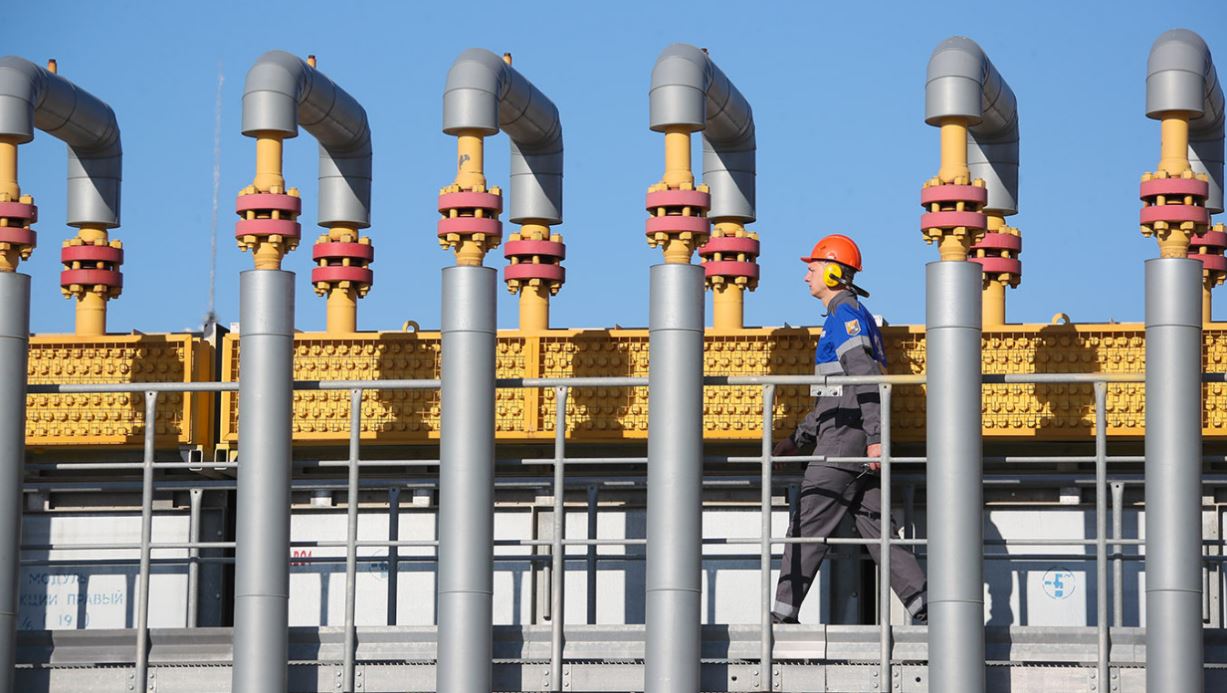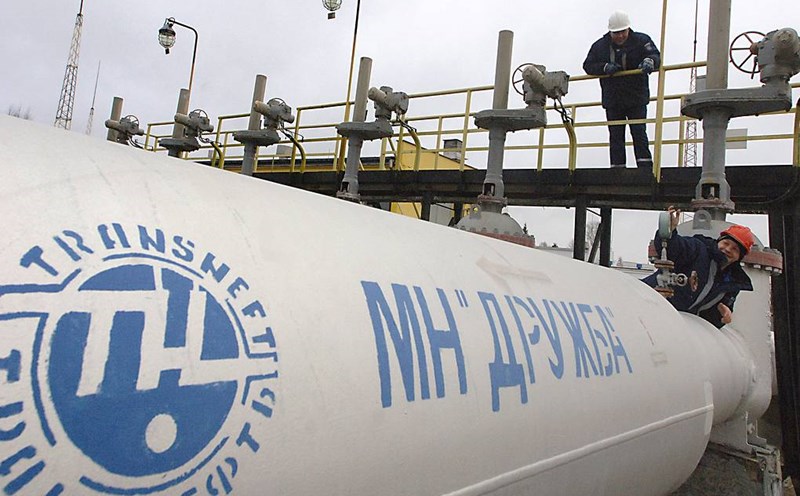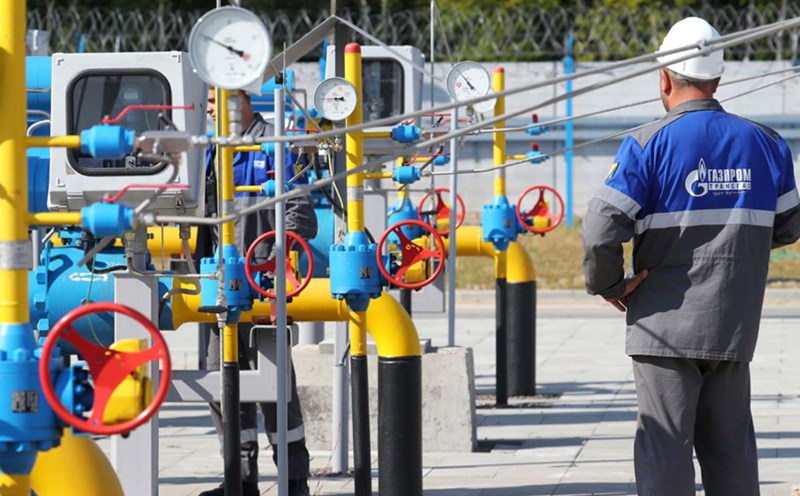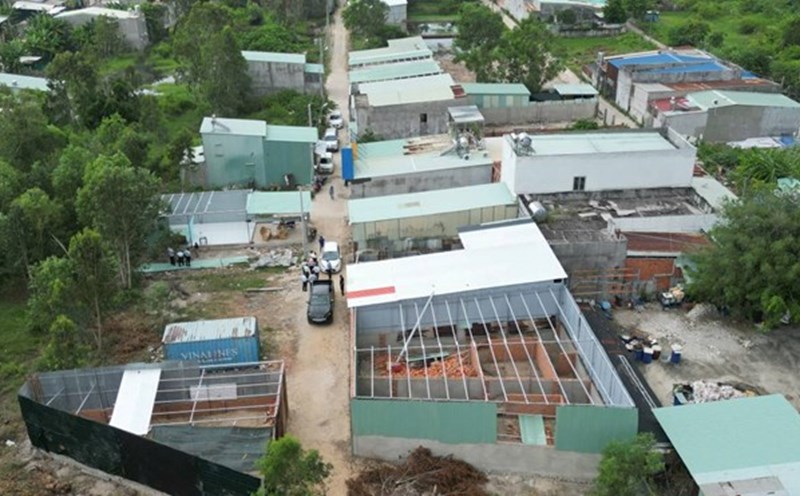According to the European Union Statistical Agency and TASS calculations, despite the announcement of a "comprehensive" sale of Russian energy before 2027, liquefied natural gas (LNG) from Russia to the EU will reach 5.2 billion USD, a sharp increase compared to 4 billion USD in 2024. In contrast, pipeline gas fell slightly, from $3.8 billion to $3.3 billion.
In June alone, the EU spent $60 million on Russian LNG. Of these, France ($222 million), Belgium ($171 million) and Spain ($1277 million) are the three largest customers. The Netherlands reduced imports to 95 million USD.
In June, Russia accounted for 13.7% of EU LNG imports, while the US dominated with 54.3%.
For pipeline gas, Russia has only 11.1% market share, behind Algeria (26%), Norway (25.4%) and the UK (20.6%).
However, the EU also paid an additional $420 million for pipeline gas from Russia in June.
Hungary has increased its pipeline gas purchases from Russia by 24%, becoming the EU leader in this index. Currently, TurkStream is the only remaining gas pipeline carrying Russian gas to Europe. The largest customers include Hungary (about 245 million USD) and Greece (nearly 89 million USD).

Meanwhile, Slovakia recovered its gas payment to $47 million in June, after falling to a historical minimum of just $155,000 in February.
It was previously reported that Slovakia will receive more than 1.5 billion cubic meters of gas this year via Hungary - a country that imports the majority of its fuel directly from Russia.
Slovakia has been facing supply difficulties since January 1, 2025, when Ukraine stopped transiting Russian gas to Central Europe.
In 2022, the EU launched the RE PowerEU plan to reduce dependence on Russian energy to zero by the end of 2027. Before the outbreak of the Ukrainian conflict, Russia supplied up to 40% of its gas imports to the EU. This rate decreased to about 15% in 2023, but unexpectedly increased to nearly 19% in 2024, causing Brussels to worry.
Analysts say that while Europe wants to reduce the energy influence of Moscow, in fact, prices and demand have made it unable to completely turn its back on Russian supply. In particular, Russian LNG has increased nearly 4.6 times in 3 years due to escalating prices.











